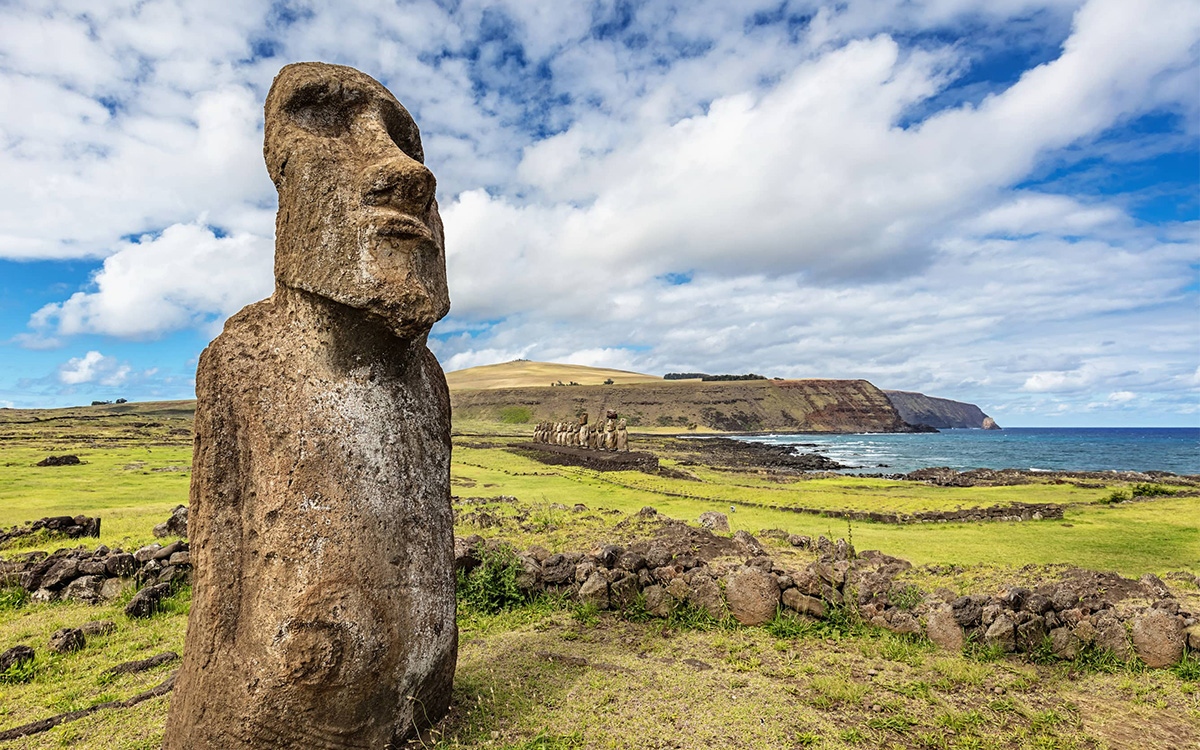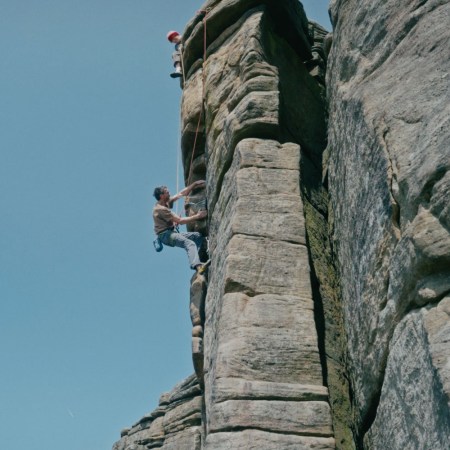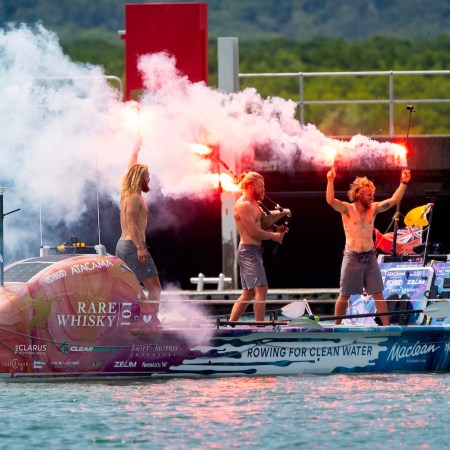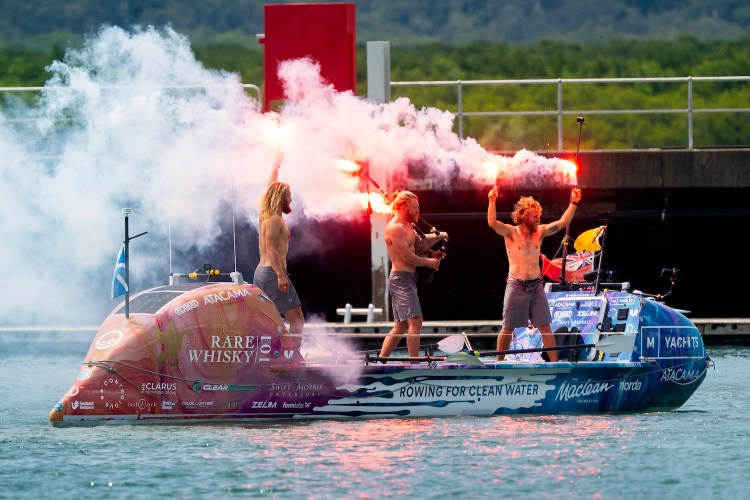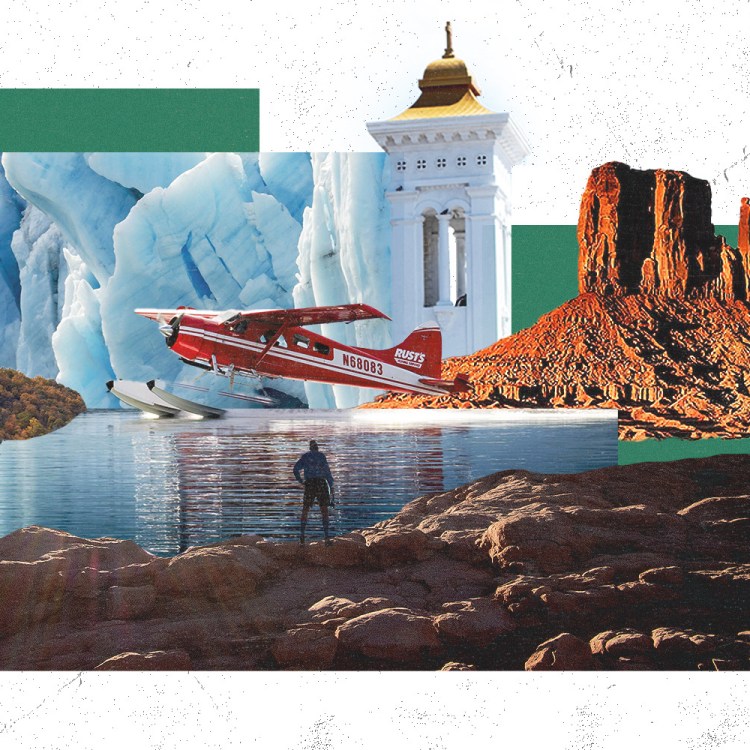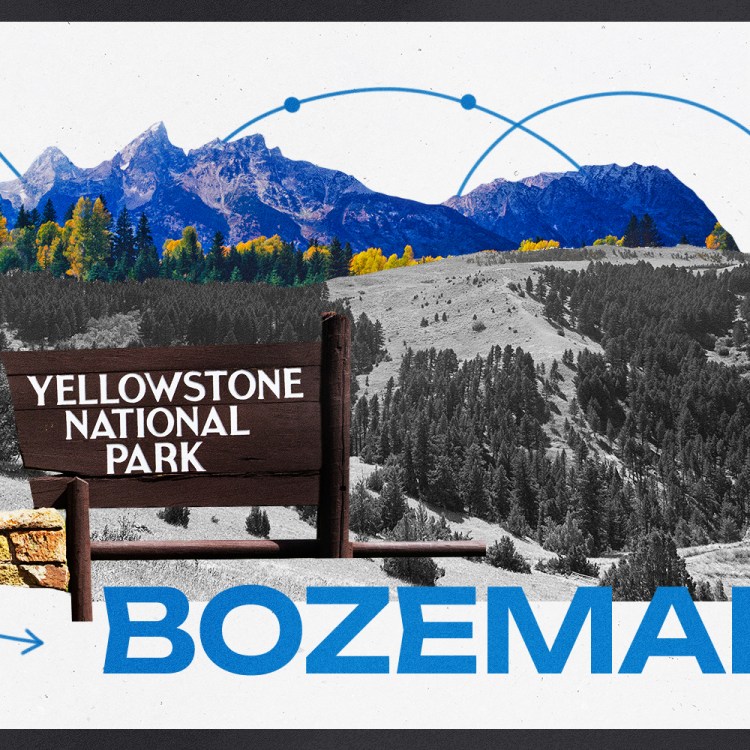One of the more delightful procrastinating pastimes available on the internet is Google Street View.
You can drag that little yellow man almost anywhere in the world (with a few unsurprising exclusions), and then drop him in the middle of nowhere. What follows is often a mind-numbingly monotonous stretch of road, interrupted here and there by 4x4s, trucks and their blurry passengers.
I recently spent an unacceptable amount of time clicking my way up Dalton Highway, a 414-mile stretch of tundra highway from Fairbanks to the northern coast of Alaska. It got me thinking: What are the most remote places on Earth fit for legitimate tourism?
That is to say, eliminating Alaskan highways, cliche Castaway isles and that sliver of the world where Russia, China and North Korea share an overcast border, what are some far-flung places people might actually want to move heaven and earth to reach? And then, how would they actually do it?
That quest brought us to the northernmost point of Australia. To a monastery in the Himalayas. And to a fjord town in Greenland. We settled on seven destinations in total, and knocked out all the travel research, so you don’t have to. From voyage times, to flight costs, to helpful tour agencies, find our analysis and itineraries below.
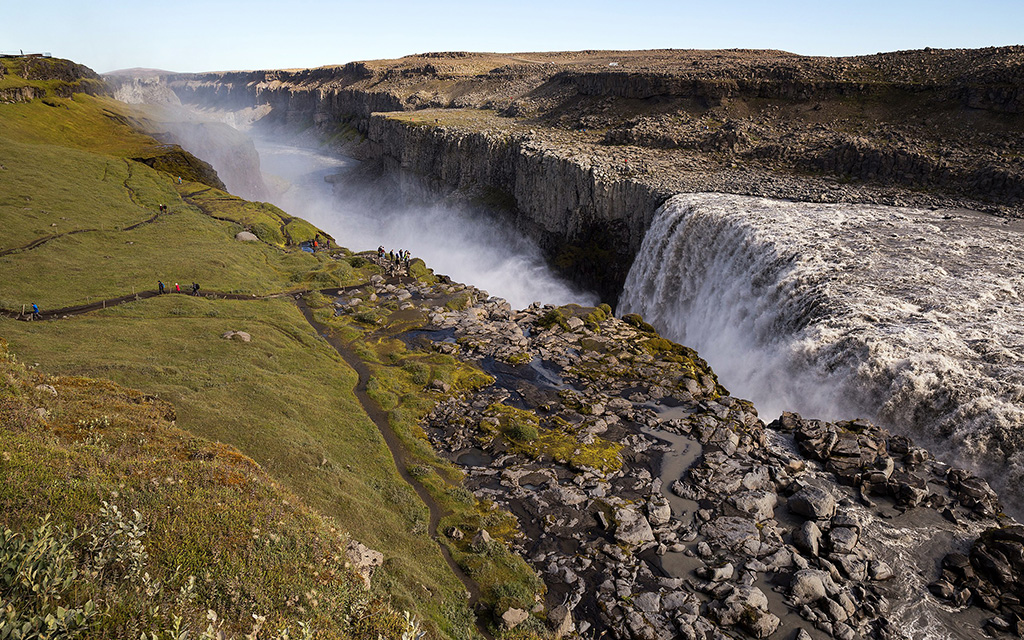
Diamond Circle, Northern Iceland
The skinny: More often than not, when your friend is showing you pictures from his Iceland trip, they were all taken during the Golden Circle. It’s a three-hour loop just outside Reykjavík that includes Thingvellir National Park, the Gullfoss Waterfall, and geysers Geysir and Strokkur. Though Iceland tourism has cooled down some, it’s still tough to have any of those spots to yourself. You’ve got to north, and try the Diamond Circle. It takes longer, showcases even more rugged sights (if that were possible with Iceland) and includes a waterfall called Goðafoss, or, “waterfall of the gods,” which is about as epic as it gets.
Your marching orders: You want to fly into Akureyri, a town in the center of Iceland’s northern coast with a reliable airport, and it’s probable that you’ll have a brief layover in Reykjavík, before boarding a smaller plane. This should take over 10 hours, and cost somewhere in the $500 range. Once in Akureyri, rent a car and drive first to the Goðafoss waterfall, then hit Lake Mývatn, Mt. Námafjall, Dettifoss waterfall, Hafragilsfoss waterfall and Jökulsárgljúfur canyon in succession. Expect the trip to take a long time — almost five hours of driving, plus another three for exploring. It’s a good idea to come here in the middle of summer, when the roads are clear and the sun doesn’t set until midnight.
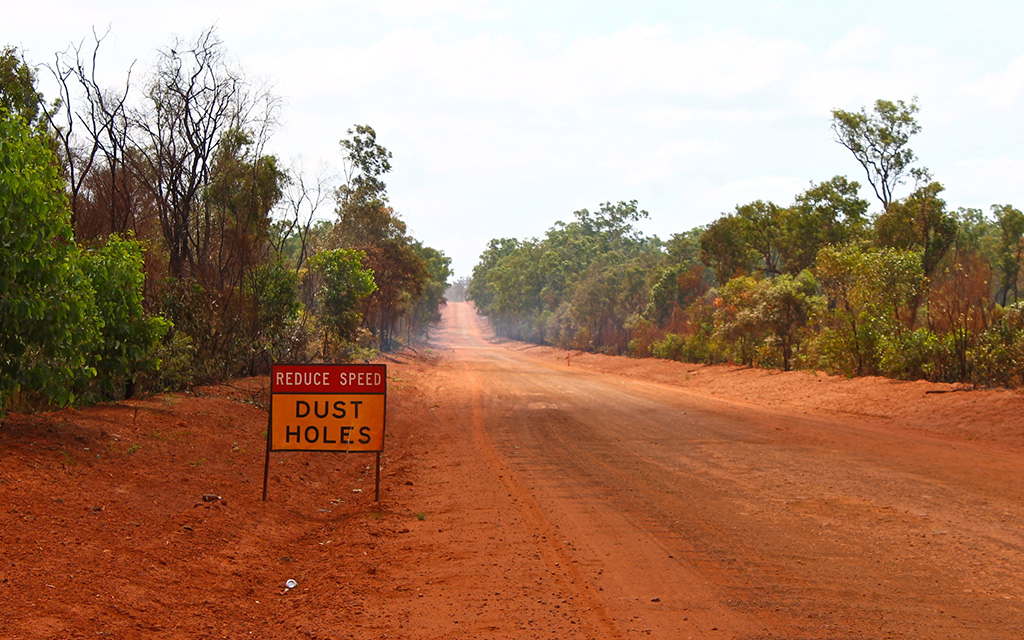
Cape York, Australia
The skinny: An insane 90 percent of Australia is considered uninhabitable. Check out this graphic. So, to be considered the remotest part of all that remoteness is a distinct honor. The Cape York Peninsula extends out from northeastern Australia like an ear; it’s the continent’s least meddled with wilderness, and mixes a monsoonal climate with infertile soil, rivers and the peninsula ridge. It’s the northernmost point of Australia (nicknamed The Tip) and claims 40 endemic species.
Your marching orders: Between the months of June and October, when Cape York is cooler and its roads aren’t flooded, fly from the States to Hong Kong to Cairns, a city in Queensland (also known as the gateway to the Great Barrier Reef). From there, rent a car, and head north. It’s a 23-hour drive from Cairns (longer that it takes to drive from NYC to the Florida Keys!), and pretty much the same way back, so expect the journey to take a week. Don’t worry, there are gas stations, and you’ll never go more than an hour and change without seeing one. There are also eateries along the way. But at its core, this is a camping trip. Rent a 4×4, watch out for crocs, and enjoy the literal ten national parks you’ll pass on the way.
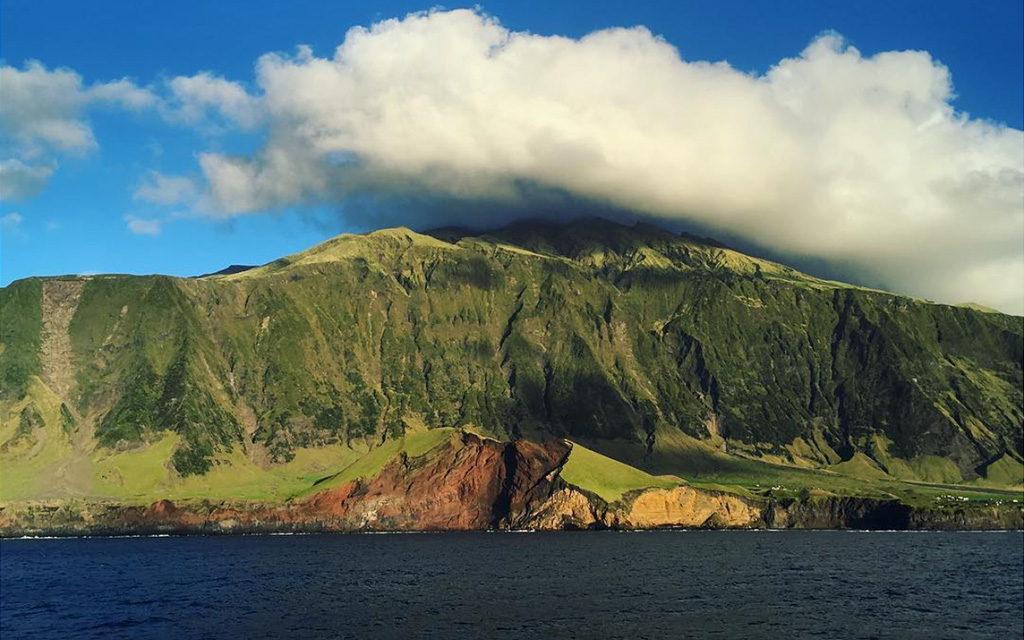
Tristan da Cunha
The skinny: Just to get an idea of the company this hyper-remote South Atlantic island keeps — its closest neighbor literally goes by the name “Inaccessible Island.” This British territory is part of Saint Helena, Ascension and Tristan da Cunha, even though Saint Helena is over 1,300 miles away. On a map, it looks about halfway between Africa and South America. Somehow, though, it’s inhabited. Its main settlement, Edinburgh of the Seven Seas, is home to 250 residents.
Your marching orders: For starters, fly into Cape Town, South Africa. Depending on where you’re coming from in the States, that’ll take at least 18 hours. Unfortunately, you’re only just getting started. It will then take five or six days to get out to Trista da Cunha, and you’ll have to hitch your way onto either a polar research ship, or a fishing vessel. Thankfully, the island maintains a website that details the times of each voyage throughout the year. Expect to spend a week in Trista da Cunha, which will give you plenty of opportunities to snag the island’s iconic photo opp. An additional, hilarious tidbit: you don’t need a visa to visit, but you do need to email the island’s Admin Secretary, enquiriestdc1@gmail.com, and let them know your plans. Book those voyages way ahead of time.
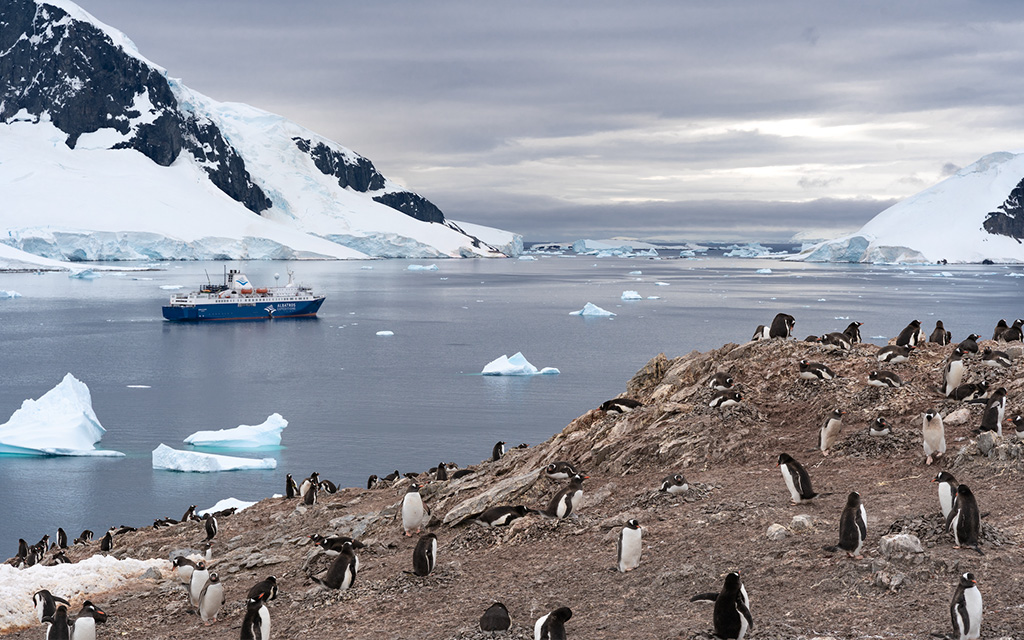
Antarctica
The skinny: You don’t need a passport to visit Antarctica, but you do need some semblance of a plan. Only scientists, educators and journalists are invited to sites like McMurdo Station, America’s research base on the continent, and you definitely shouldn’t bank on heading down just to aimlessly camp around the world’s biggest desert. You won’t come home with your toes, if you come home at all.
Your marching orders: One way to reach the continent is to take a boat from Ushuaia, Argentina. You can fly into the town, which is way down on Argentina’s southern coast (though expect to have a bit of a layover in Buenos Aires), and from there take a boat with Quark Expeditions. It’ll be a two-day voyage through Drake’s Passage, and once in the seven continent’s harbors, Quark will lead trips onto the mainland, to meet penguins, hike glaciers and pop a polar plunge. This is all expensive — it starts at $10k — but not nearly as pricey as White Desert Antarctica, a permanent glampsite that will bring you on a skiing expedition to the southernmost degree of the world, among other adventures.
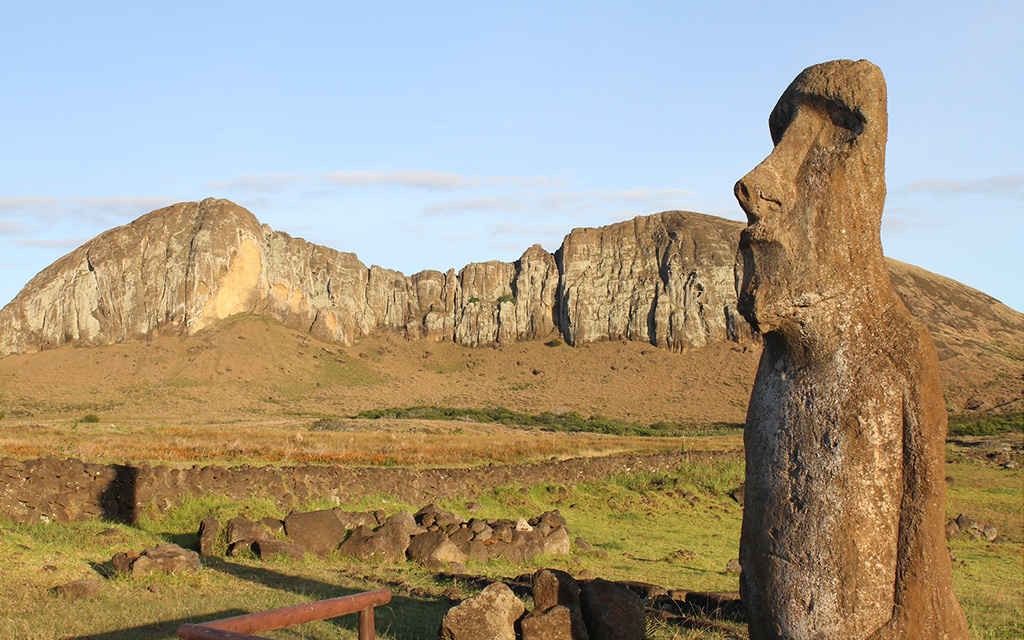
Easter Island, Chile
The skinny: These guys! The moai on this famous Chilean island are practically pastiche at this point, but have you ever met anyone who’s actually seen ’em with his or her own eyeballs? You can head down and try to make sense of them (historians haven’t yet confirmed who carved the statues), horseback ride the plains and hike around three volcanoes on the island.
Your marching orders: Easter Island is remote geographically, at a whopping 2,300 miles from mainland Chile, but more accessible than most destinations on this list, thanks to its notoriety. You can fly from the States to the island with a layover in Santiago, Chile (that’ll take almost 23 hours of air travel), on LAN Airlines, or you can pay significantly more and hold out for Four Seasons’ private jet trip to the island in October 2021.
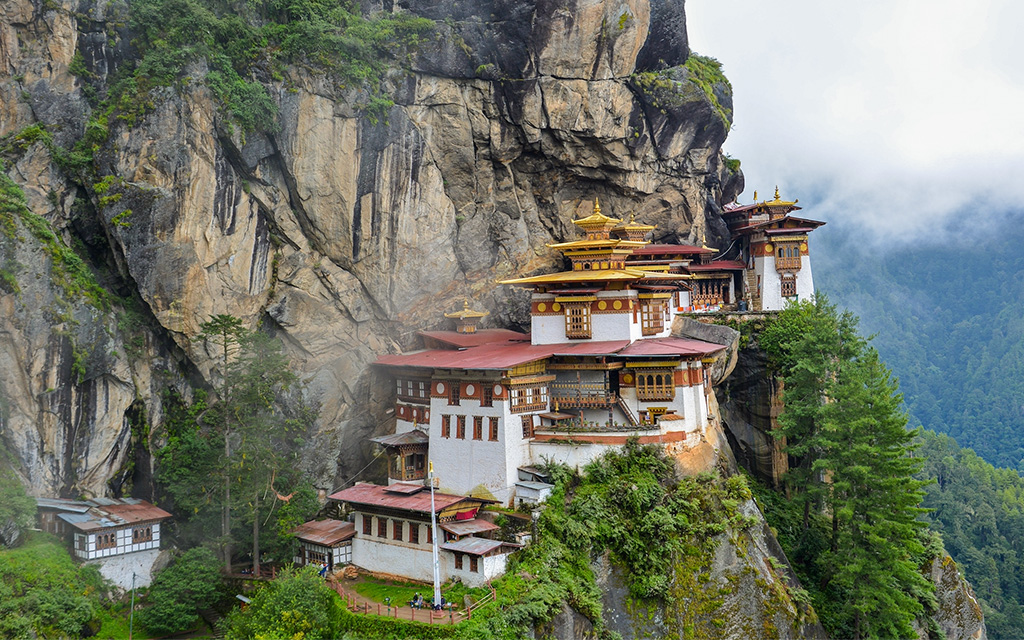
Paro Taktsang, Bhutan
The skinny: Bhutan has never beaten any of the Scandinavian countries in the annual world happiness rankings, but it considers itself the happiest nation in the world, and pioneered the concept of Gross National Happiness. The Bhuddist kingdom is landlocked between Nepal and Myanmar, only opened its borders to tourists in 1974, and is known for its temples and fortresses, often built into the cliff faces of mountains.
Your marching orders: You can fly directly into Bhutan, believe it or not. Expect a layover in northern India, and to land in Paro after around 23 hours travel. The price of your flight could land anywhere from $900-$2,000 depending on the time of year you book. Oh, and once you arrive in Bhutan, American tourists have to pay $250 a day. This isn’t going to be cheap. But it might well be worth it once you get to Tiger’s Nest Monastery (also known as Paro Taktsang), a 330-year-old temple six miles north of Paro, perched on the edge of a 10,200-foot cliff. Book a multi-day tour with Viator, and pack your best hiking shoes.
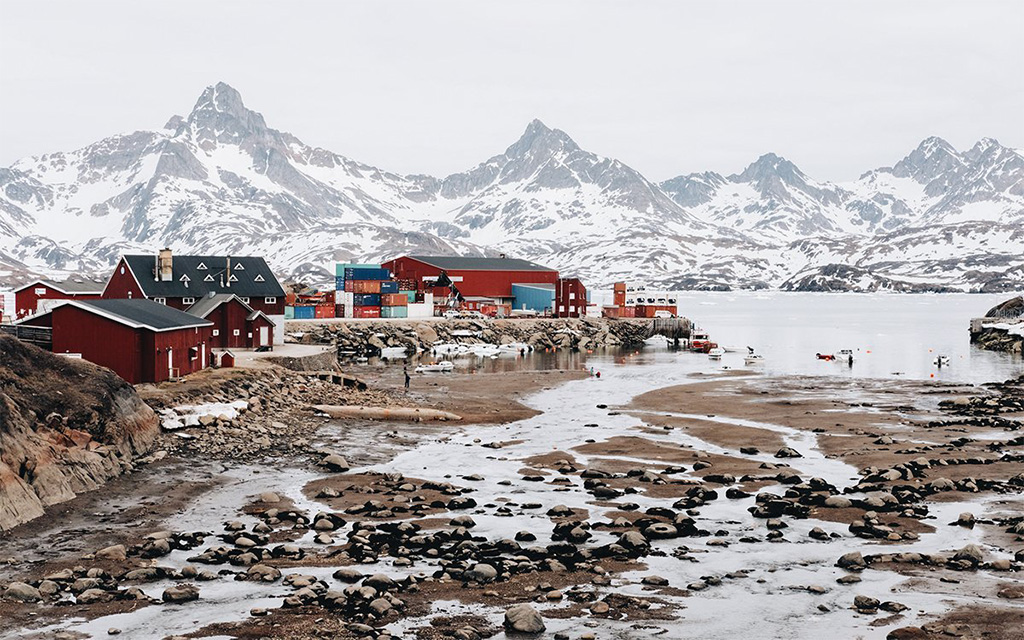
Ittoqqortoormiit, Greenland
The skinny: Ten years ago Greenland was still the brunt of those misnomer jokes. Now its capital, Nuuk, is home to an annual Nordic cultural festival, a renowned tapas joint, and luxury wool shops. Meaning, to really get out there, you’re going to need to put in some effort. We’re sending you to Ittoqqortoormiit, a town way up on the northeastern coast that’s so out of the way, Hotels.com profiled it for its #RemoteAF campaign late last year, and its closest neighbor is the world’s largest national park.
Your marching orders: Get yourself to Reykjavík, Iceland. From there, fly to Akureyri, an fjord city with an airport in Northern Iceland. It’s about a 40 minute flight but will cost over $300 round-trip. From Akureyri you need to take a helicopter to Nerlerit Inaat, Greenland and then another (far shorter) Ittoqqortoormiit Heliport (expect potential long waits, as the helicopters act like shuttle). Depending on the season, you might need a dogsled service to help reach town. If that amount of travel sounds insane, you could always just take a cruise. Ittoqqortoormiit is right on the water (that’s the only reason it’s been able to survive) and many Greenlandic cruises make a pitstop at the town.
This article appeared in an InsideHook newsletter. Sign up for free to get more on travel, wellness, style, drinking, and culture.
